Space

Educators and Parents, Sign Up for The Cheat Sheet
Weekly updates to help you use Science News Explores in the learning environment
Thank you for signing up!
There was a problem signing you up.
-
 Physics
PhysicsWhat scientists hope to learn from Great American Eclipse
A solar eclipse will travel across North America on August 21. Scientists will use that opportunity to learn more about our home star.
-
 Space
SpaceScientists Say: Transit
When an object in space passes in front of a star and looks big enough to block out all the light, it’s an eclipse. When it’s smaller, it’s called a transit.
-
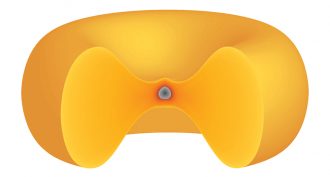 Planets
PlanetsEarly Earth may have been a hot doughnut
Synestia is the name some scientists are giving to the smooshed shape Earth might have developed after undergoing a violent cosmic smashup early in its infancy.
-
 Animals
AnimalsThis tiny animal is apocalypse-proof
Microscopic animals called water bears can survive nearly any kind of apocalypse, from asteroids and nuclear war to exploding stars.
-
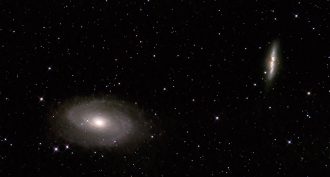 Space
SpaceHalf the Milky Way may be stolen material
A galaxy may import up to half of its atoms from other celestial bodies. That suggests much of our Milky Way has foreign origins, new simulations suggest.
-
 Planets
PlanetsWhat the Curiosity rover has learned about Mars so far
Scientists take stock of what the Curiosity rover has learned after five years on Mars — and what else it may turn up in the next year or so.
-
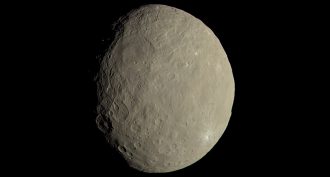 Planets
PlanetsEarly solar system may have slung giant mud balls
The first asteroids may have been great balls of mud. That could solve some puzzling traits of meteorites.
-
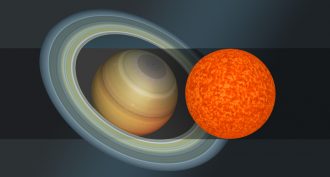 Space
SpaceNewfound stars rank as farthest and one of the smallest
Astronomers have found two stars for the record books — the most distant ever observed and one of the tiniest now known.
By Emily Conover and Lisa Grossman -
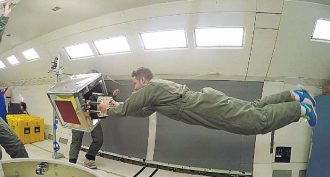 Space
SpaceRobot grippers imitate gecko feet to help nab space junk
NASA is testing robotic, gecko-inspired gripper hands that might one day help clean up space junk.
-
 Space
SpaceEarly moon may have had metallic skies and gale-force winds
A glowing infant Earth could have heated the early moon’s metals to create an atmosphere.
-
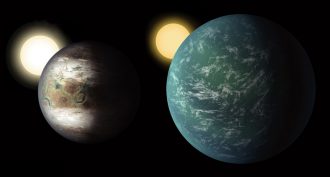 Planets
PlanetsSmall, distant worlds are either big Earths or little Neptunes
The Kepler space telescope data are in. They split Earth-like exoplanets into two groups and reveal 10 new rocky planets in the ‘Goldilocks’ zone.
-
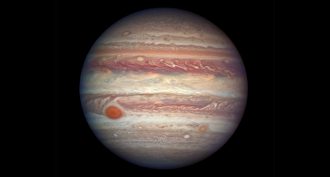 Planets
PlanetsJupiter may be the solar system’s oldest planet
Jupiter’s early existence may explain the odd arrangement of planets in the solar system, a new study suggests.